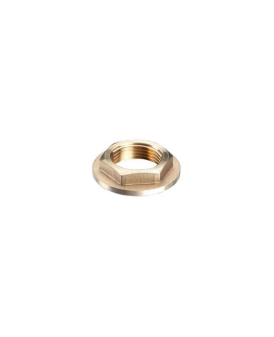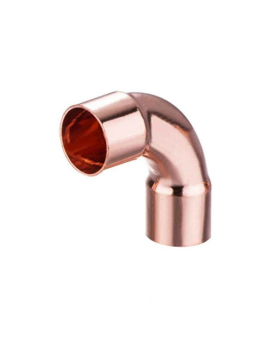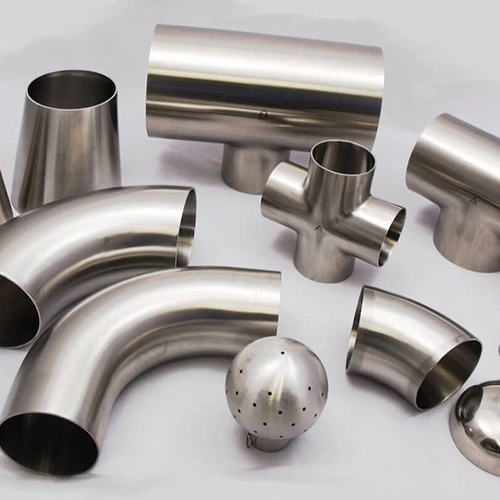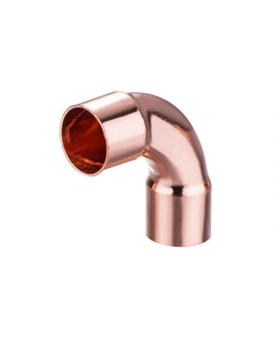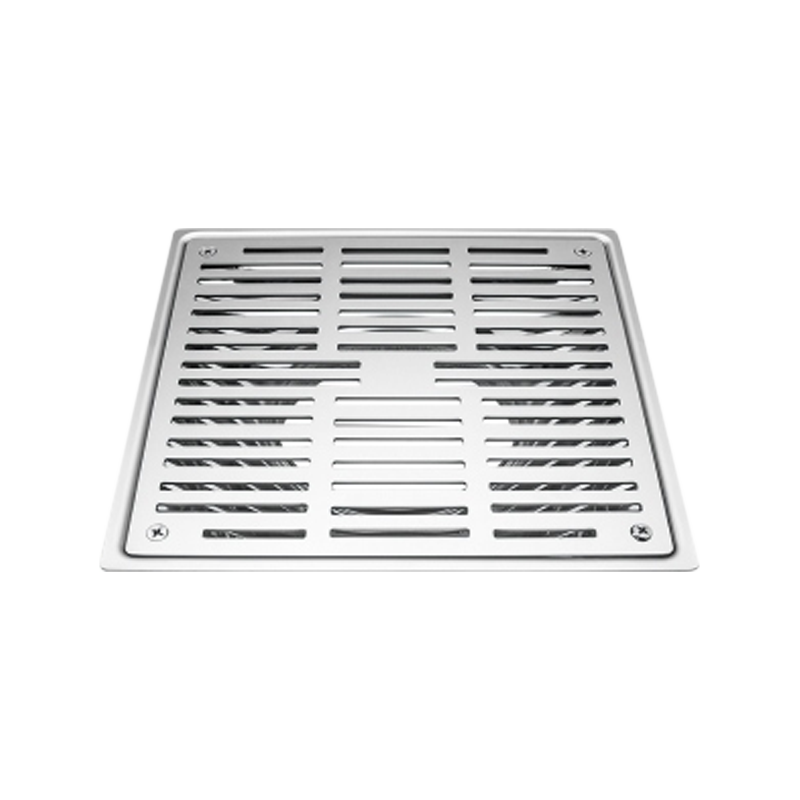AC Copper Branch Pipe
Introduction
An AC copper branch pipe, which is sometimes referred to as an ''AC branch duct'' or ''AC branch line'', typically means a component used in air conditioning (AC) systems, with the purpose of distributing conditioned air from the main system to various areas, and it plays a critical role in maintaining temperature control and comfort throughout the structure.
AC copper branch pipes are often made from materials suitable for HVAC applications like copper, while the actual choice of material still depends on factors like installation requirements and the type of HVAC systems. If you want to know more about copper branch pipe price and cost, please do not hesitate to contact Yaheng HVAC copper fittings manufacturer.
How Do I Choose the Right AC Copper Branch Pipe for My HVAC System?
Selecting the appropriate AC copper branch pipe for your HVAC system involves several considerations.
Firstly, evaluate the size and layout of your building. Larger structures may require a more complex copper branch pipe network to effectively distribute conditioned air.
Next, consider your zoning needs. Determine which areas need individual temperature control, as this will impact the number of copper branch pipes and dampers required. Ensure compatibility with your HVAC unit and ductwork size.
Consulting with an HVAC professional is advisable to calculate the optimal copper branch pipe configuration, accounting for factors like airflow volume and pressure, ensuring your system efficiently delivers comfort and energy savings.
What Is The Difference Between A Copper Branch Pipe And A Run Pipe?
Connection Points: A run pipe refers to the main pipe that runs continuously in a plumbing system, carrying fluid from one point to another. It is the primary pipe that forms the backbone of the system. On the other hand, a copper branch pipe is a smaller pipe that connects to the run pipe at a specific point, branching off from the main line.
Pipe Sizes: The run pipe typically has a larger diameter compared to the branch pipe. This is because the run pipe carries a larger volume of fluid and serves as the main conduit for the system. The branch pipe, being a smaller offshoot, connects to the run pipe at a point where a smaller flow or distribution is required.
Flow Direction: The run pipe carries fluid in a continuous flow from one end to the other, while the branch pipe diverts a portion of the flow from the run pipe to a different location or outlet. The branch pipe acts as a secondary line that splits off from the main flow to serve a specific purpose or area.
System Design: The distinction between branch and run pipes is crucial in the design and layout of plumbing systems. The run pipe determines the main flow path and is sized accordingly to handle the required volume and pressure. Branch pipes are strategically placed to distribute fluid to specific areas or fixtures, ensuring efficient and controlled flow throughout the system.
For more information about hvac refrigerant fittings, please feel free to contact us!
在线联系供应商
Other supplier products
| Brass Nut | Introduction A brass eye nutis a fastening component made from brass, an alloy of copper and zinc. Brass hex nuts are used in conjunction with bol... | |
| Copper Silencer/ Muffler | Introduction A copper silenceralso called a copper muffler, which stands for a device made from copper to reduce or suppress noise or sound as wel... | |
| AC Copper Branch Pipe | Introduction An AC copper branch pipe, which is sometimes referred to as an ''AC branch duct'' or ''AC branch line'', typically means a component ... | |
| Aluminium Elbow | Introduction An aluminum elbow, which is made from aluminum - a material offering lightweight yet durable performance, refers to a curved or bent-... | |
| Copper Elbow Joint Pipe & Fittings | Introduction With a curved or bent shape, a copper elbow refers to a copper plumbing elbow, which is used to change the direction of a copper pipe... |
Same products
| Terrace Floor Drain | 卖方: Zhejiang Huaqi Information Technology Co., LTD | SZ115-15 150x150mm Enhance the safety and efficiency of your outdoor spaces with the Terrace Flo... | |
| MaAnt M061 Tin Dragging Needle FPC Connector Gold Plated Solder Bar | 卖方: Phonefix | MaAnt M061 Gold-plated Drag Tin Needles with Light Carbon Fiber Handle Set Uniform and Fast Fill ... | |
| Grey oak cushioned slide | 卖方: Zhejiang Huaqi Information Technology Co., LTD | Grey oak cushioned slide MDF sealed edge bathroom cabinet. Made from high-quality materials, thi... | |
| Single Bowl Handmade Sink | 卖方: Zhejiang Huaqi Information Technology Co., LTD | - Exquisite Craftsmanship: Crafted With Meticulous Attention To Detail, Every Single Bowl Handmad... | |
| Square Stainless Steel Overhead Shower Head | 卖方: Zhejiang Huaqi Information Technology Co., LTD | 200*200/250*250/300*300 Square Stainless Steel Overhead Shower Head Introducing our Square Stainl... |










